Wind farms help humans tackle the climate crisis, but can change fish behavior and pose a risk of bird collisions.
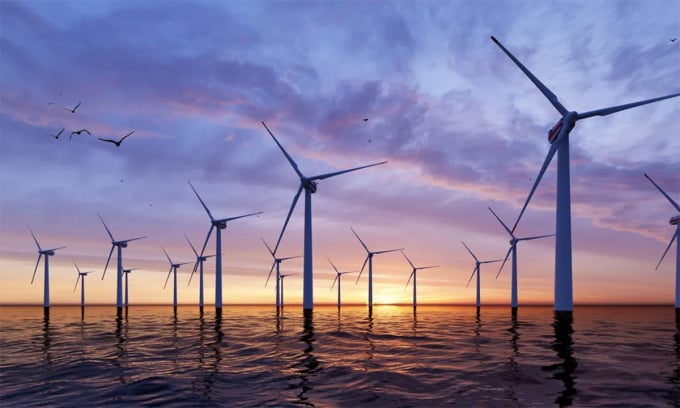
Experts are working to find ways to make wind farms more friendly to marine life. Photo: ShutterDesigner/Shutterstock
In an effort to tackle the climate crisis, humans are building offshore wind farms to generate renewable energy. The world’s largest offshore wind farm, Hornsea 2 in the UK, covers 462 square kilometers, with each turbine rising 200 meters above sea level. The farm can provide electricity to more than 1.4 million homes.
How do these wind turbines affect creatures in the water and in the air? Experts say offshore wind farms can impact marine life in a number of ways, from noise and hydrodynamic changes that alter the behavior of fish and whales, to changes in the diversity and abundance of species in the area.
It’s not just marine life that’s at risk. Seabirds in the North Sea and Baltic Sea, where many offshore wind farms are located, are also at risk from turbines. A 2021 report from BirdLife International found that 12 seabird species in the North Sea and Baltic Sea are at high risk of collision with wind farms, and seven species are at high risk of losing their habitats due to the construction of such structures.
Not all impacts of offshore wind farms are negative, however. They can also bring some environmental benefits. Research on the movements of grey seals and harbor seals in the North Sea shows that they are frequent visitors to two wind farms, coming to look for prey between the turbines.
The researchers suggest that wind farms could act as artificial reefs, providing a new and concentrated source of food. In areas where marine life has become less abundant, wind farms could help it thrive again.
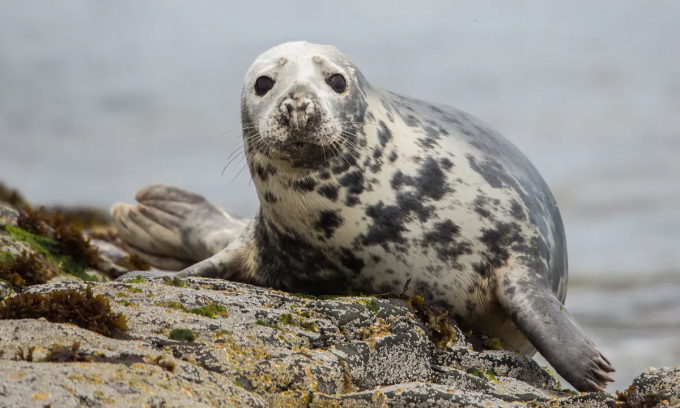
Grey seals, which have been recorded foraging around wind turbines. Photo: Luca Nichetti/Shutterstock
However, experts say it is difficult to predict the full potential environmental consequences of these particular artificial reefs. "Only a small proportion of the seals we studied used wind farms or pipelines. At present, these structures only cover a small part of the seals' distribution at sea. As wind farms expand, more seals will be affected," said Deborah Russell, an expert at the University of St Andrews and author of the study. The team of experts said that further research is needed to make a more accurate assessment of the impact of offshore wind farms.
Countries continue to approve the construction of new offshore wind farms, so the use of wind turbines for renewable energy will continue to grow. Scientists have come up with a number of ideas to minimize the impact of these structures on the surrounding marine environment.
Offshore wind farm developers need to make greater efforts to incorporate seabird population data into their plans, especially for species that are already declining due to other factors, according to research published in the March 2022 issue of Conservation Science and Practice .
"If the factors causing current population changes are not considered in the assessment, future threats are likely to be underestimated. We need wind farms to address the climate crisis, but protecting biodiversity must also be a priority. We need careful assessments to ensure we understand the potential impacts on species already struggling, such as the Kittiwake gull," said Catherine Horswill, a member of the research team.
Scientists have found a number of ways to keep seabirds from crashing into wind turbines, such as painting them with stripes. They have also built artificial nesting structures near a wind farm off the coast of Suffolk, England, though it will take time to see if they help reduce the number of collisions. Scientists are also working with offshore wind farm companies to build artificial reefs around wind farms, both in the North Sea and in the tropics.
Thu Thao (According to IFL Science )
Source link







![[Photo] Binh Trieu 1 Bridge has been completed, raised by 1.1m, and will open to traffic at the end of November.](https://vphoto.vietnam.vn/thumb/1200x675/vietnam/resource/IMAGE/2025/10/2/a6549e2a3b5848a1ba76a1ded6141fae)
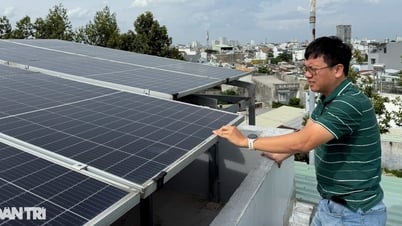

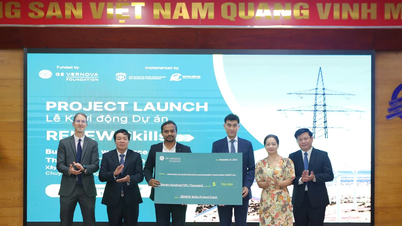



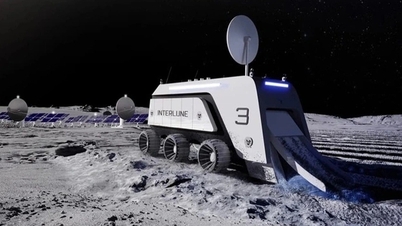



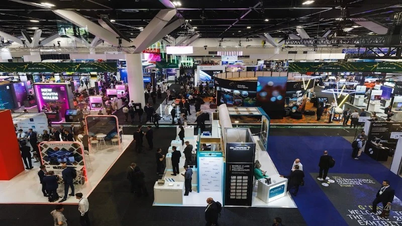


































































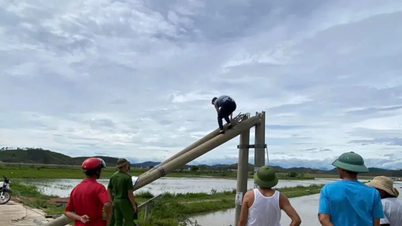
















Comment (0)